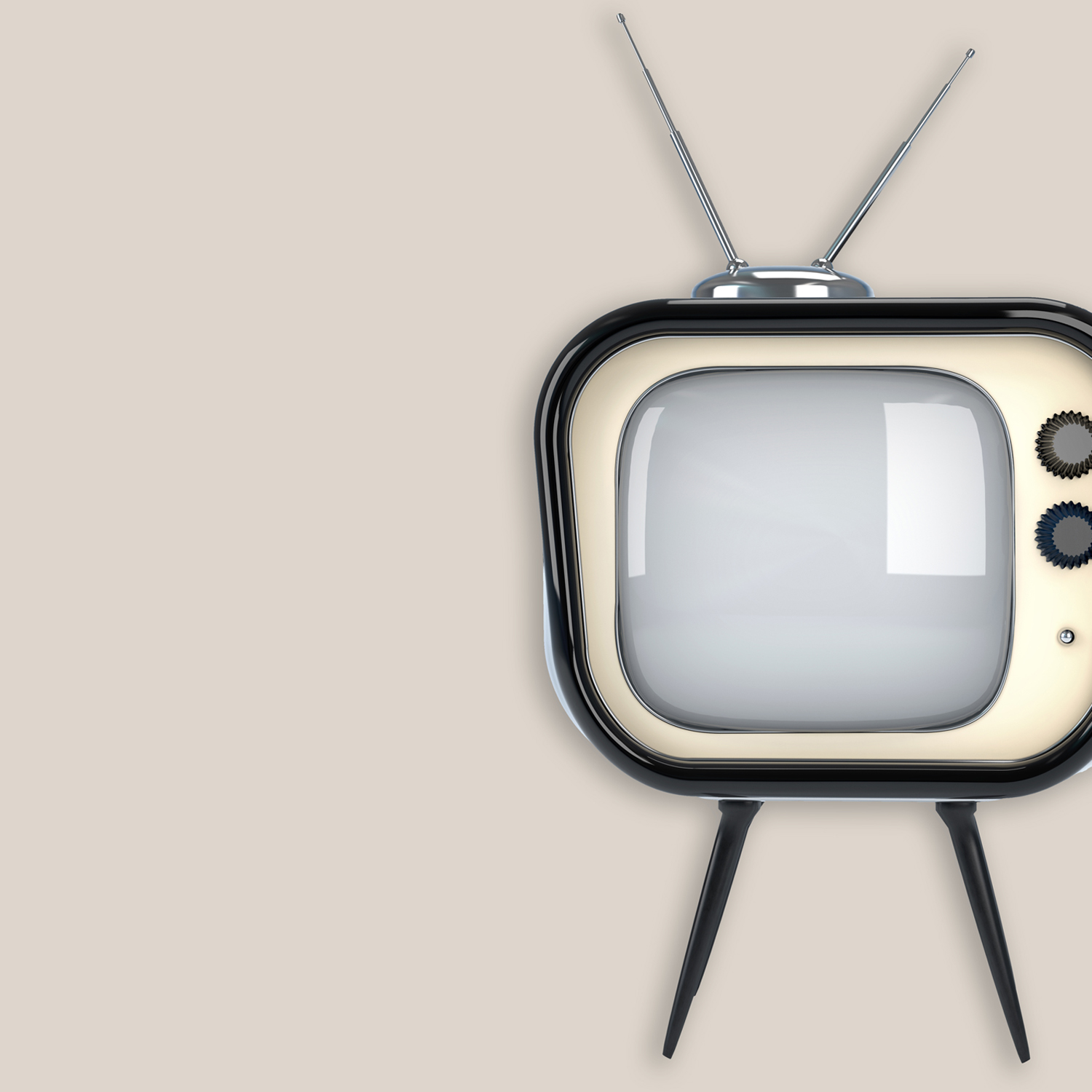The Development Path is not often an easy one. Writers must not only create a series that is true to their voice, to their interests and intentions, but also this series must deliver to a sophisticated, seasoned, critical audience. To be creative is one thing, but to be commercial and to sell what you write, is a whole different ball game.
Creative and Commercial.
When writers working with me say ‘I have this story I want to tell’… I immediately replace that one little word packed with portent with two little words which, when placed together, pack a bigger portent; you have a story line you want to explore, not just a story to tell.
Writers begin their journey along The Development Path when they embark on creating a story that they hope not only engages emotionally, but also hits the market with a resounding commercial whack.
The television drama industry is almost exclusively reliant on the series storyline. Being skilled at creating strong, engaging, dramatic storylines and then being able to control them across a number of episodes is a fast becoming a Must Have ability for all television writers serious about their craft. And that is where I come in. Series storytelling, both in terms of development and production, is my specific area of expertise. I learnt most of what I know now, from the best place – on set and around the production of Soaps, EastEnders most notably and following this baptism of fire, I continued my education at Crucible of series storytelling – Granada TV back when Russell T Davis was writing The Ward as well as Coronation Street, where Sally Wainwright also sat around the story conference table and Paul Abbot and Kay Mellor would come to development meetings with us Script Editors and all of the time we discuss long running narrative – all my work during those incredibly formative years, revolved around the need to create stimulating, relevant, muscular storylines which would reveal character and create narrative stretch across a number of episodes.
The creative process in television drama development is a lot to do with inspiration, ideas and creativity. But crucially and most importantly for the industry as a whole, the development process; making your way along that Development Path, is essentially about getting all that creative input, all those ideas, and packaging them. This when done correctly will mean that you, the writer; the one with the vision, will be able to successfully share this with people in the tv world at large. Then they will be able to make your thoughts/stories/characters come to life and live on the small screen.
The Rule of Three.
You need to learn how to make your creative output commercially successful. This is not a natural mindset for many writers. But the successful ones, the ones who continue to work at the height of their powers, are the ones that understand the structure, the mapping, the incremental story telling that is essential in all great tv drama series. They know how to produce these skills for us, on screen, so that we, the audience who just want to have great stories played out in front of us, will be able to have this pleasure without any work being done on their part.
That’s the key to really good telly. Audiences engage on a psychological and emotional level with great television. They do not see the joins.
But great writers have made those joins and connected those threads and produced a cohesive body of story that unfolds in a dramatic, engaging, entertaining way and this is ALL to do with structure. Get the structure of your story right, and the script that sells the series; your Pilot – will be a joy to write.
Here are three key elements that I drill into all writers working with me and starting their journey along the Development Path.
These are the corner stones to creating and writing strong, engaging television series.
MACRO V MICRO
There are two main viewpoints in good television series story telling. That of the over all, wider, all encompassing view point, which I call the Macro View, and the core, central, internal view point which I call the Micro View.
In a series for example such as Happy Valley; the Macro view is the Police procedural element of the series. This forms the backdrop against which Catherine and her cohorts play out their investigations. The story line woven through the police procedural element, also informs and affects the emotional pull of the series as a whole. Put another way, it is via Catherine’s investigations as a Police Officer that the internal, emotional, personal side of the series is revealed.
The Micro View in Happy Valley is formed by Catherine Cahwood and her immediate family; her sister, her sister’s partner and her grandson. The characters who form this point of view; following the way I work with writers, sit in the centre of the series structure. They form the ensemble placed centrally; in the smaller wheel that is always the focal point of a bicycle wheel. From this smaller wheel come the spokes that shape the wheel, or, in television series development terms, the story lines. These are coming essentially from the actions, which are motivated by the subtext, of all the key central characters. In this world then, the Micro View generates the heart of the series. It is the emotional pull of each of these characters’ subtext that will create text, or action on screen.
It is the constant flipping from one point of view to another, across the arc of not only each episode but the series arc as a whole, that generates true audience engagement and therefore a successful, commercial series.
TELL THE STORY IN PICTURES
Obviously, dialogue is very important in tv series drama. But to my mind, the visual aspect of the story you want us to understand incrementally, over several episodes, is much more important. When I was putting together my process nearly 10 years ago now, when I first set up Script Advice, I realised the biggest driver for me, when reading tv scripts, is to be able to ‘see’ the scenes, the story, on the page unfold. If I can not visualise the scene I am reading, I will not engage with the read and the world and characters therein, will not resonate. I do not think I am unusual in saying that as a Producer, I do not read words when reading a script – I read pictures.
GET IN LATE BUT LEAVE EARLY
There is a tendency in much of the work that first comes to me via writers, to explain, to set up, to edge around the scene before it starts proper. When setting out a scene, always ask yourself the question: ‘what is the purpose of this scene?’ Then, once you have the intention clear in your mind, answer the second crucial question: ‘how do I get that plot beat across in a visual and engaging way?’ Often beginning with a strong image that tonally sets up the scene is so much better than lots of words where the situation is explained, where the beast of Exposition threatens constantly to raise its head. Move the scene onwards, keep the energy of that scene in motion by beginning at an interesting start point and then once you have set the ball in motion and have explored the beat you wanted to, then get out. Keep this phrase in your head when writing your script; ‘what happens now, what happens next?’
Begin your personal journey along the Development Path with me. Sign up for one of my Development Packages and let me show you how to not only bring your tv project to life, but also shape if for a commercial market. Or you can develop your tv project with me via my Online Television Writing School. I help you write your treatment, map your pilot and take you through several script edit sessions all via Zoom over an intense six week period. You set the start date and from that point we work individually for the course period. You will receive in total 4 hours of edit session work with me and lots of information, insights and support via Zoom and email. Also I will send you a signed copy of my best selling book, Writing for Television, Series, Serials and Soaps.
Get in touch and Happy Writing.






